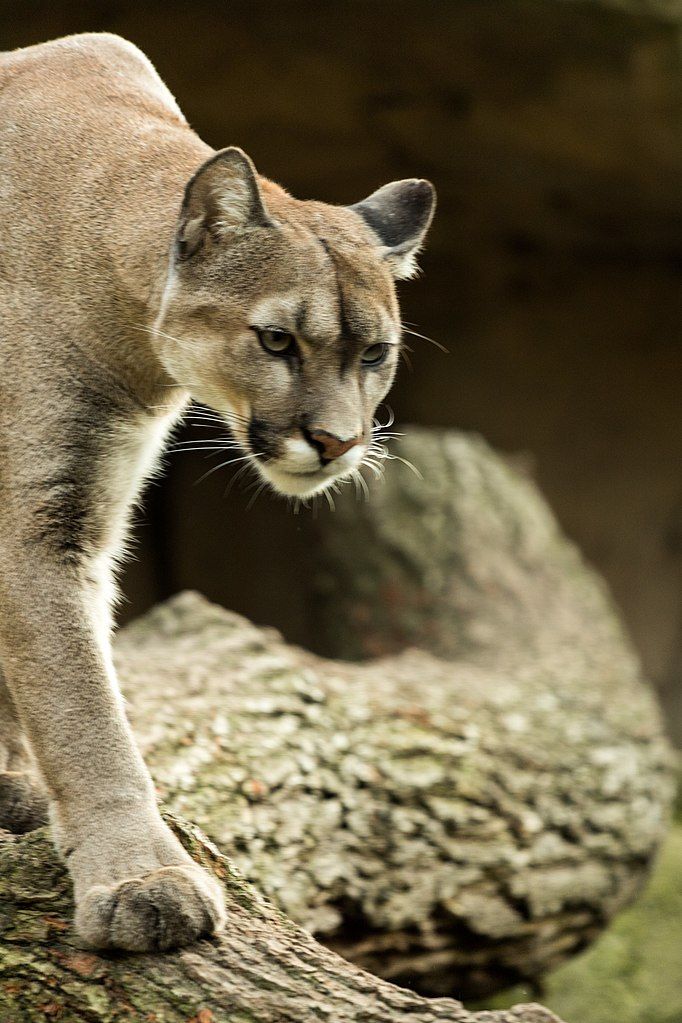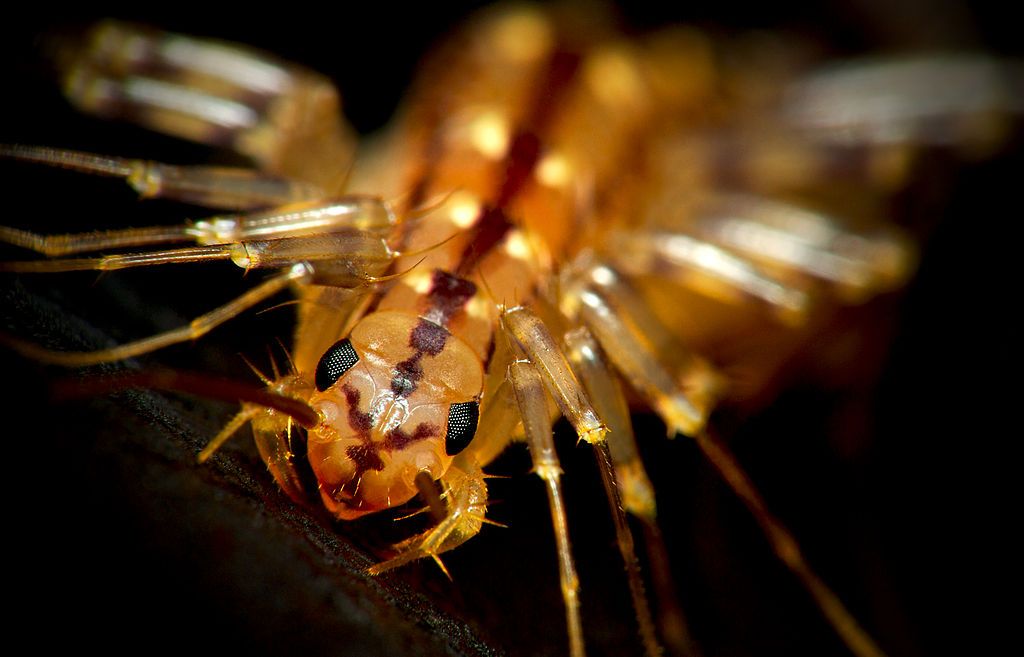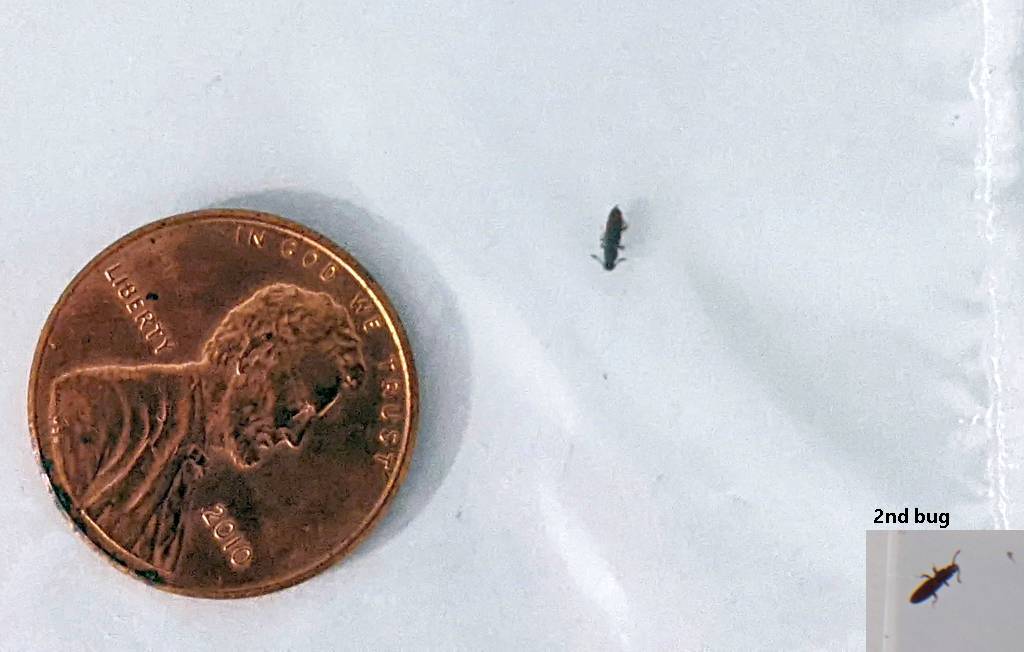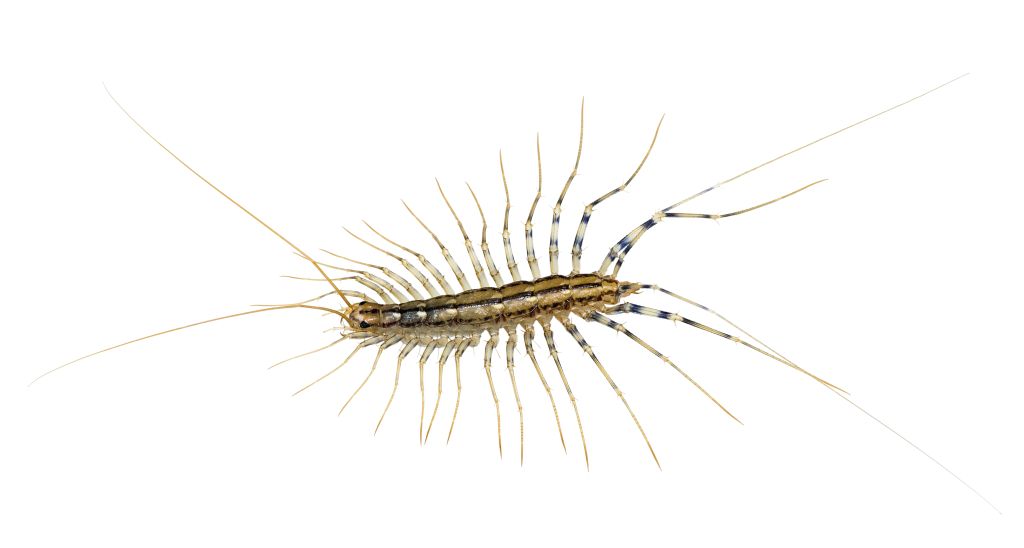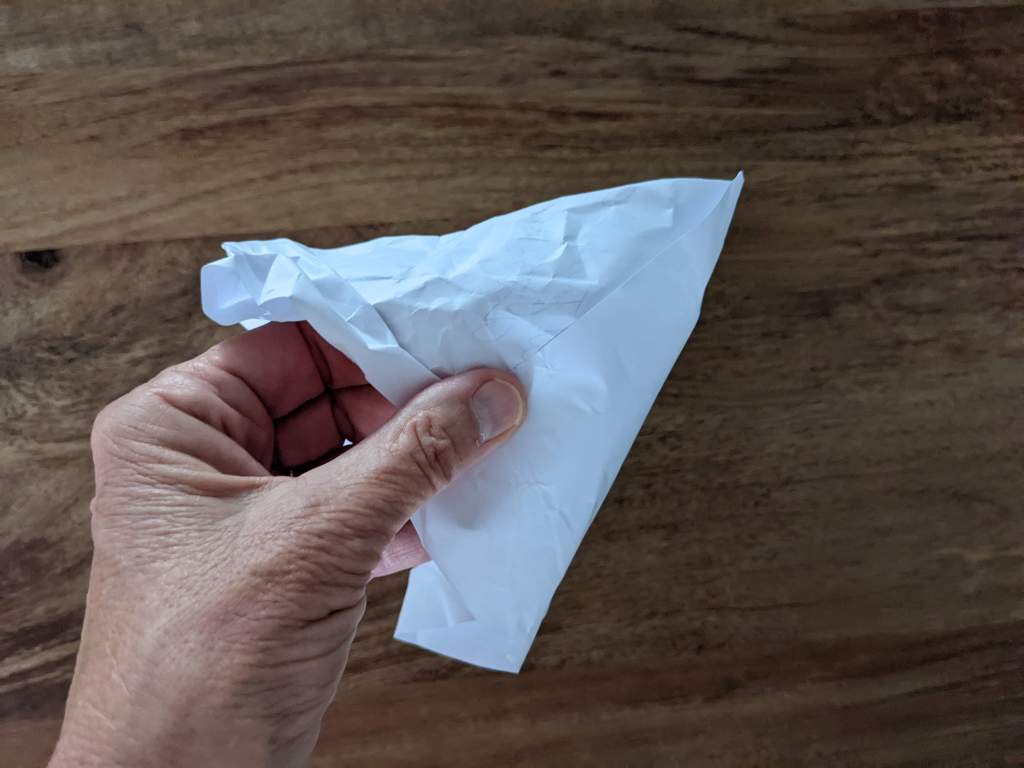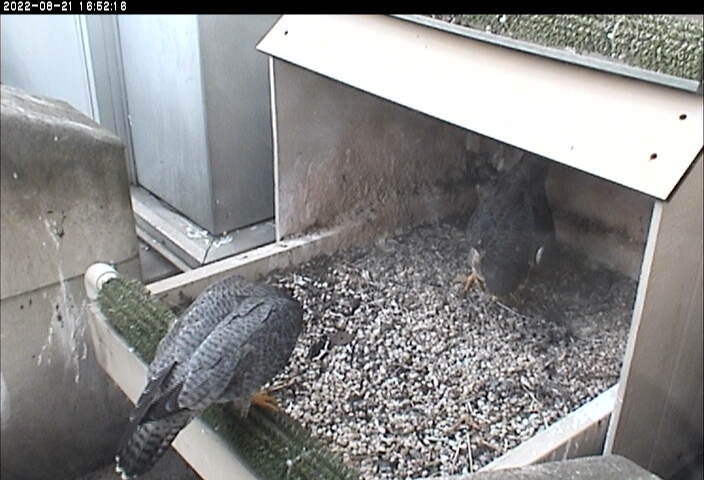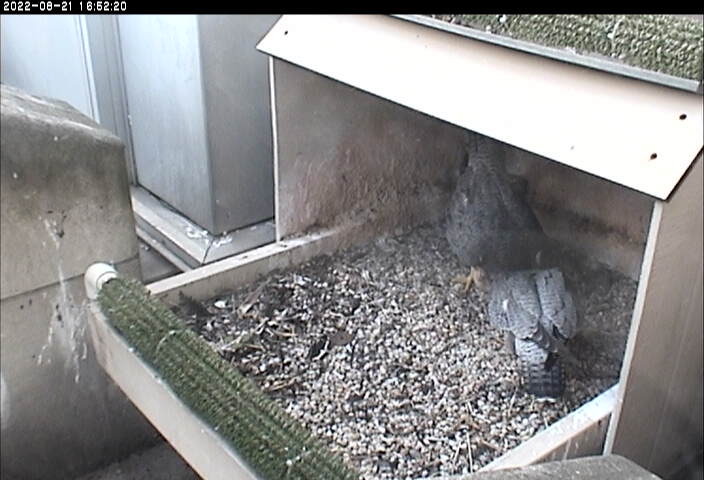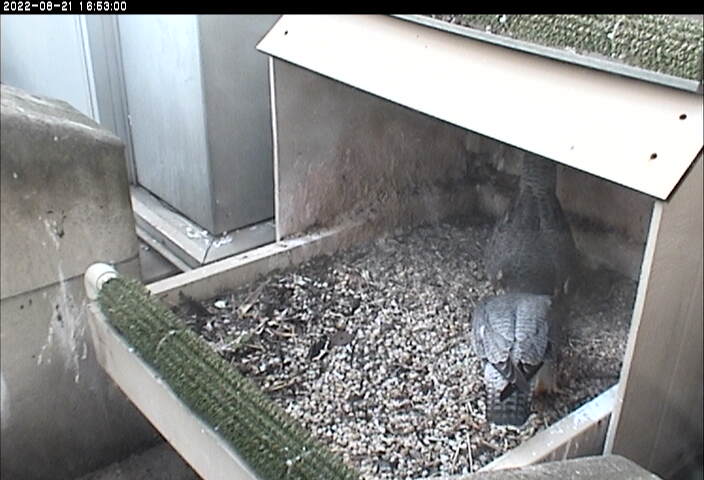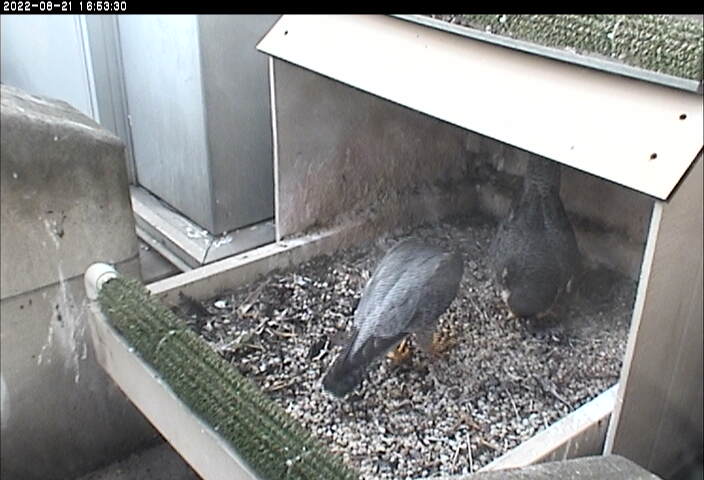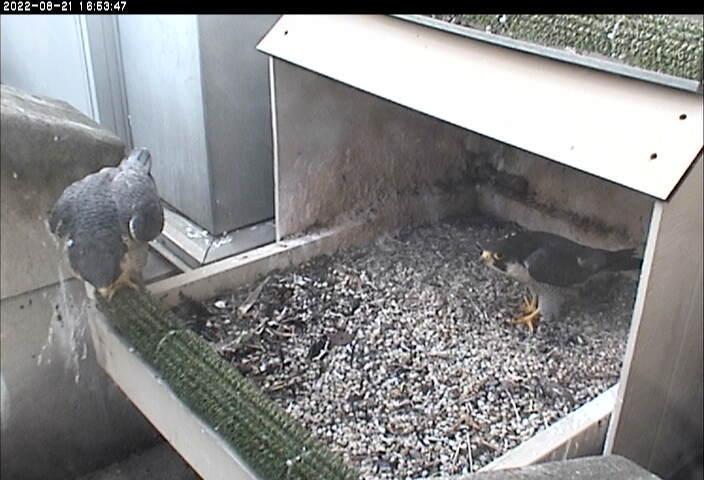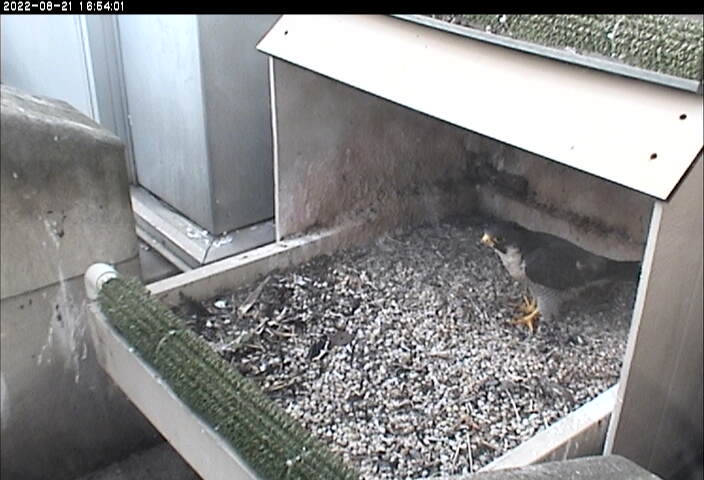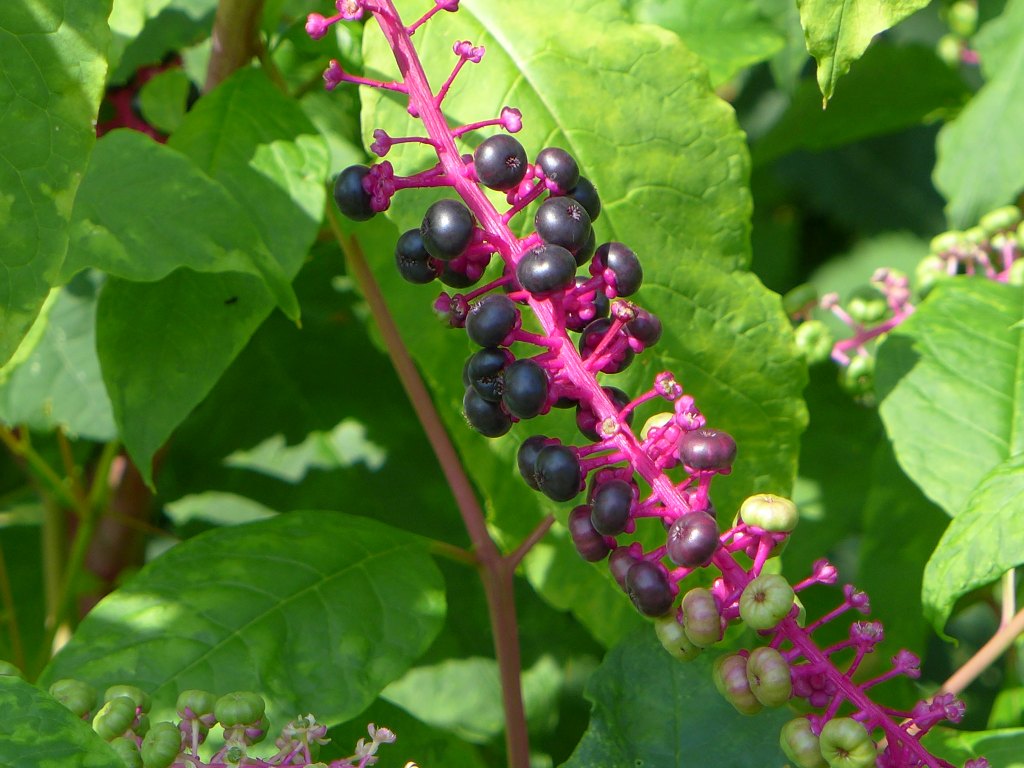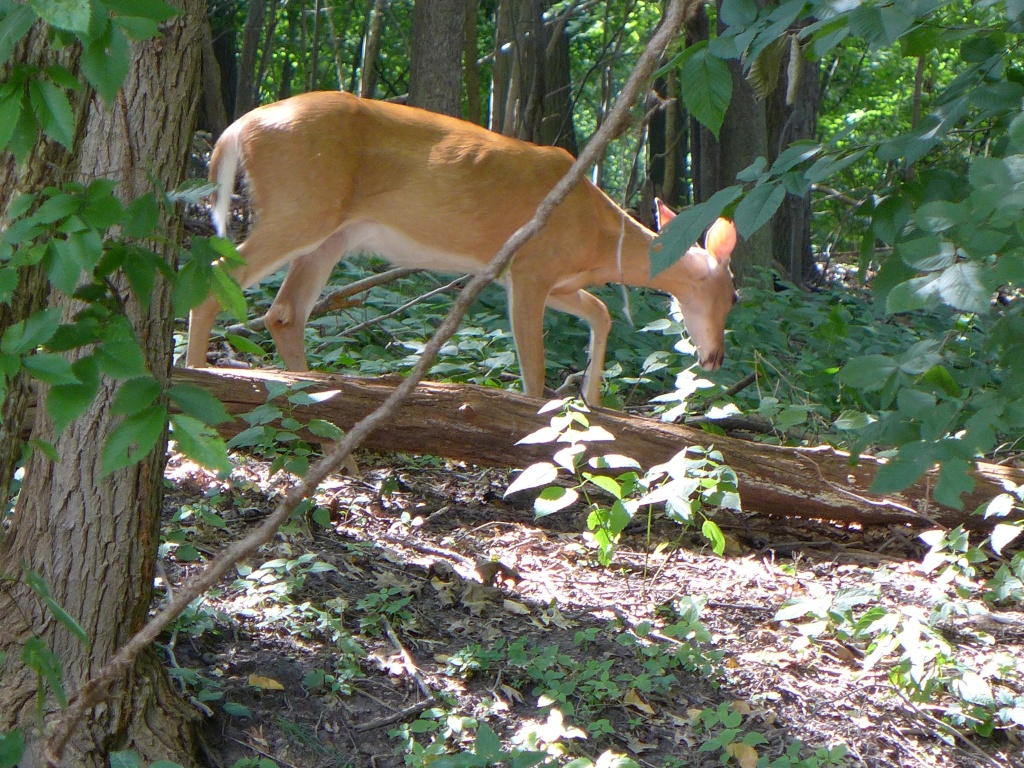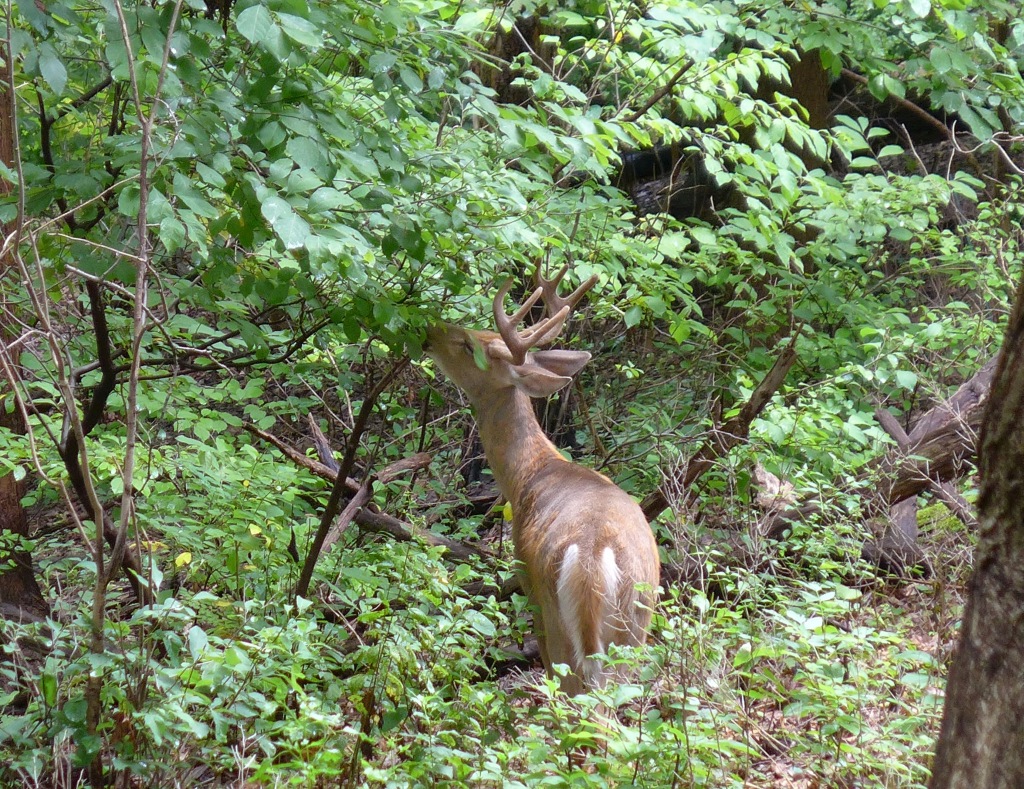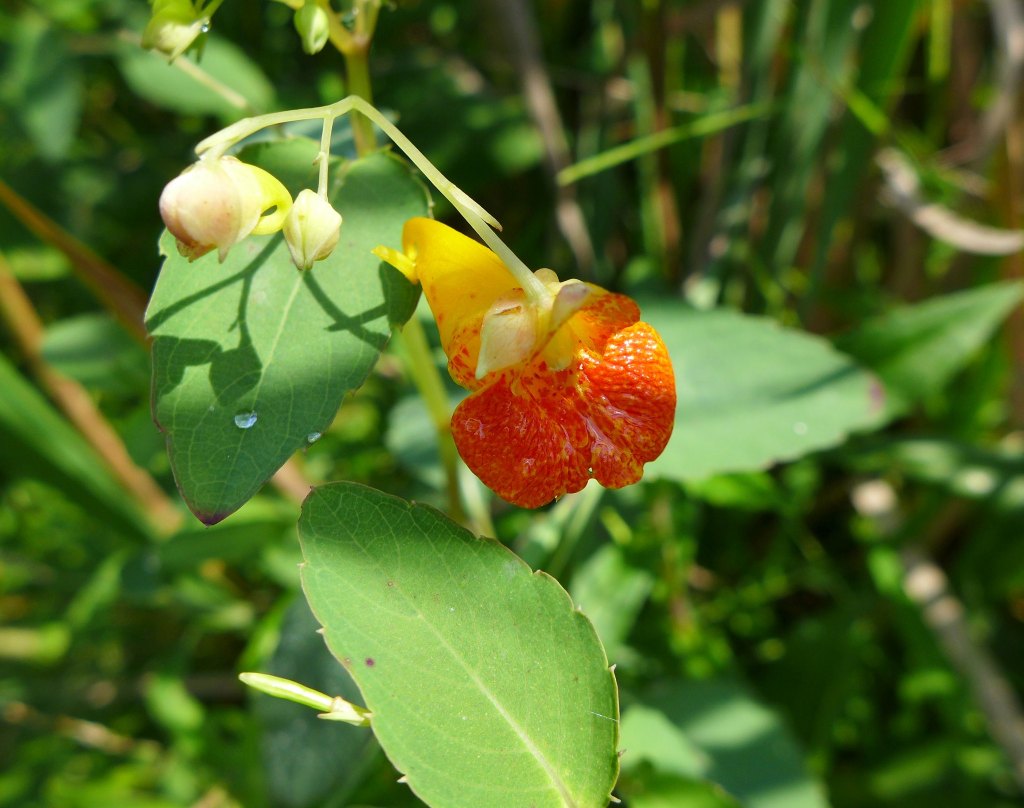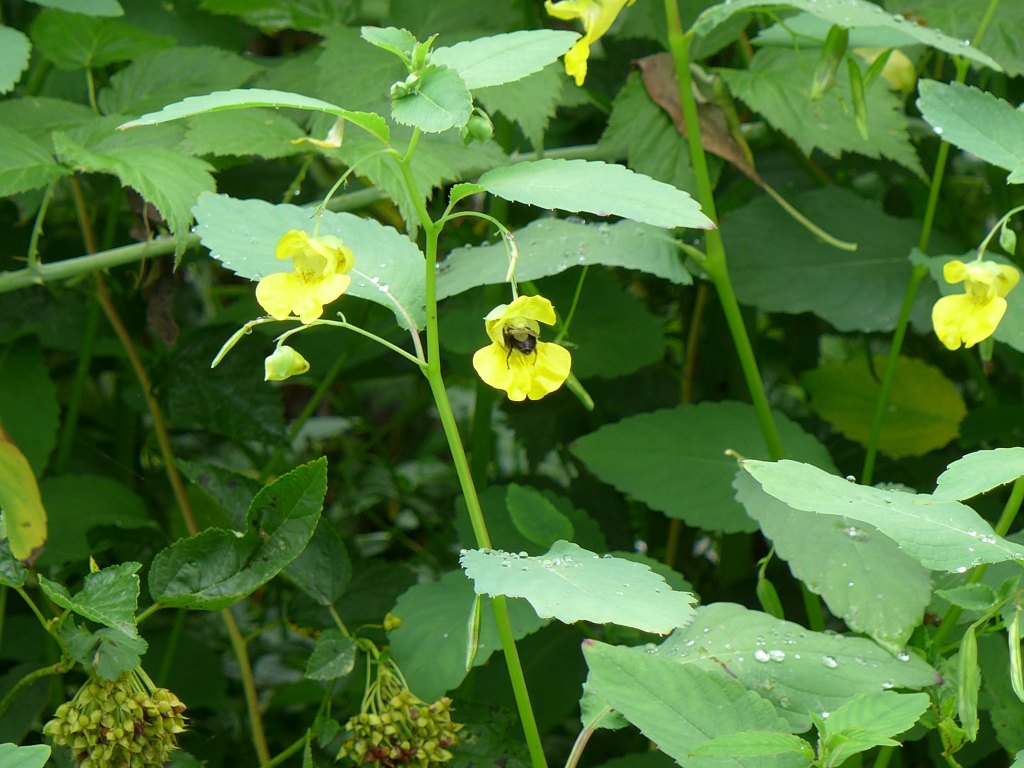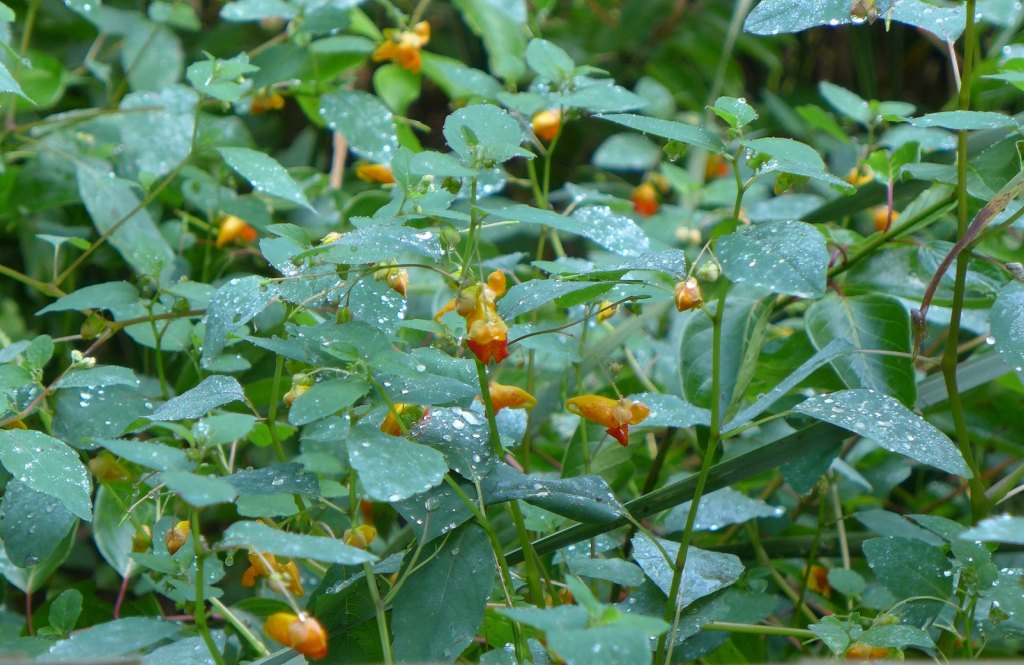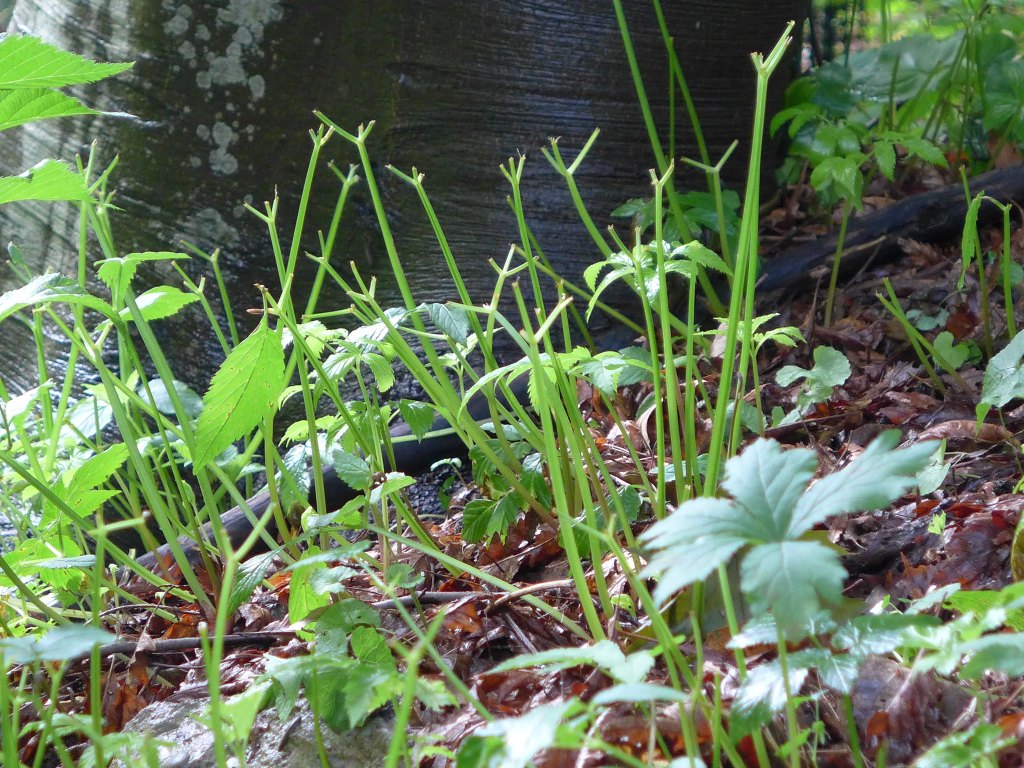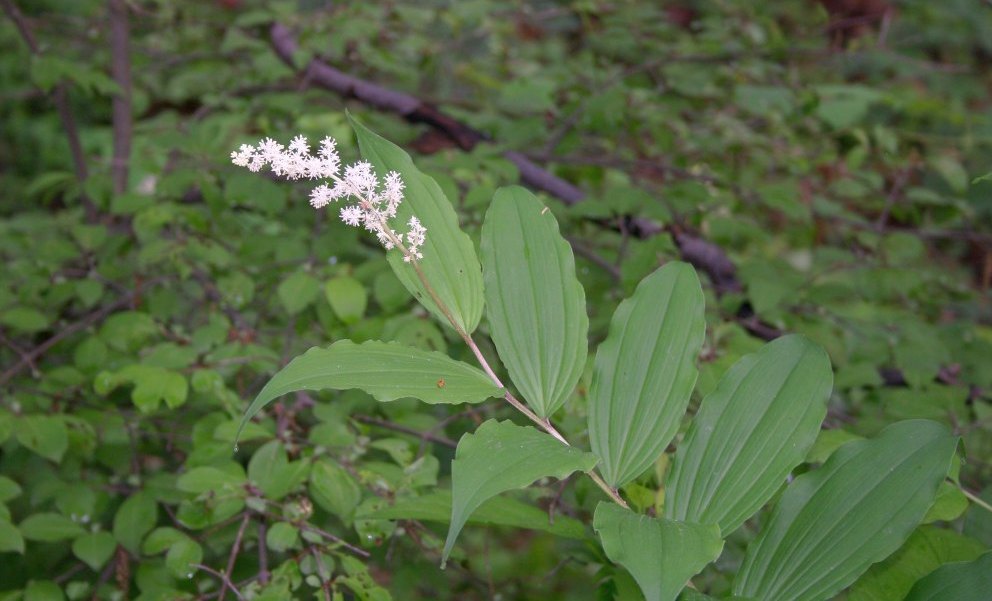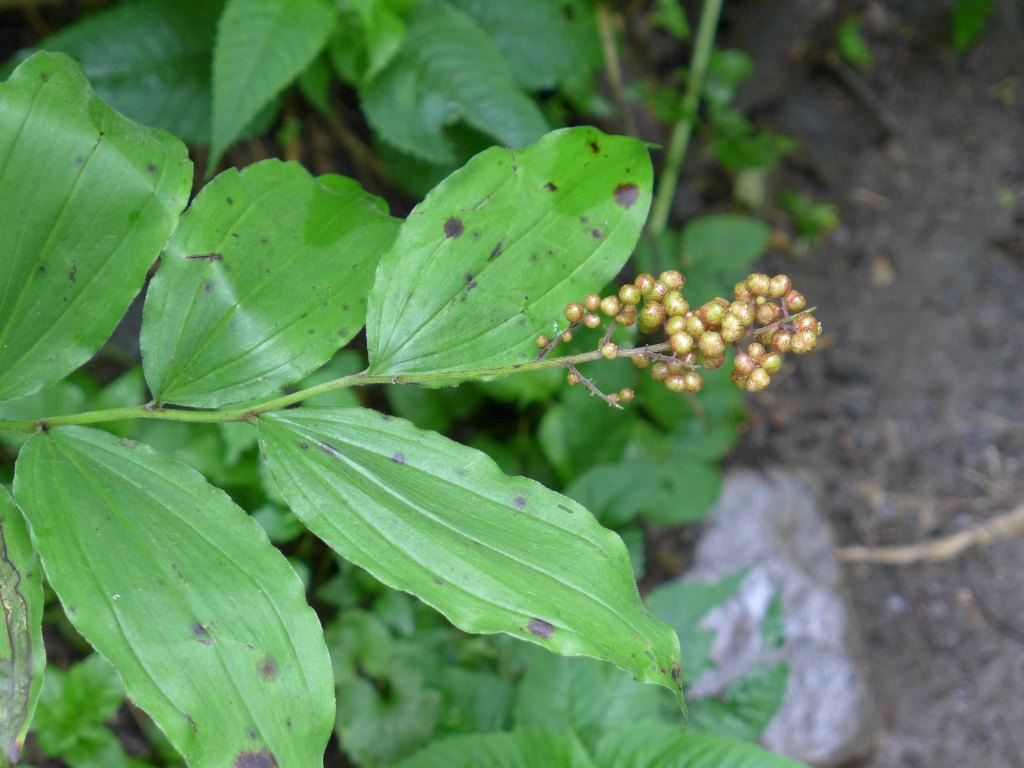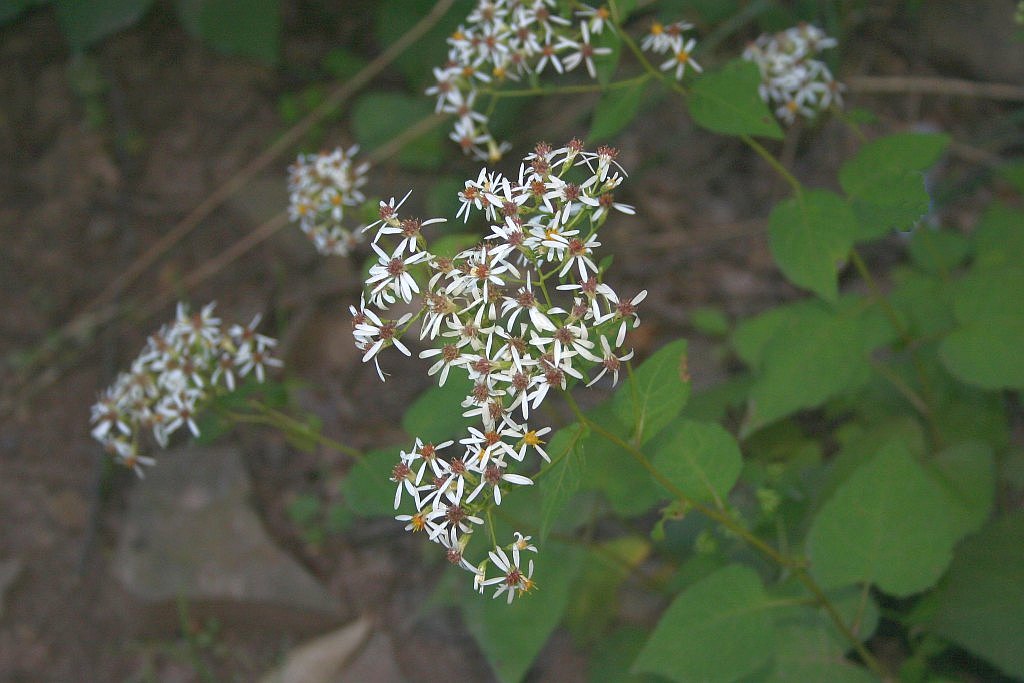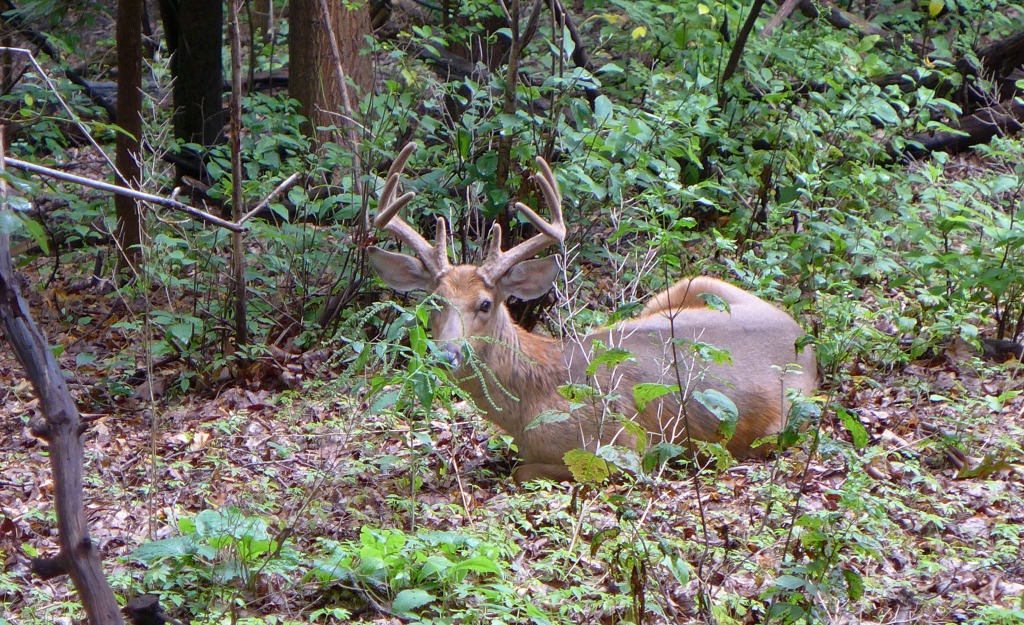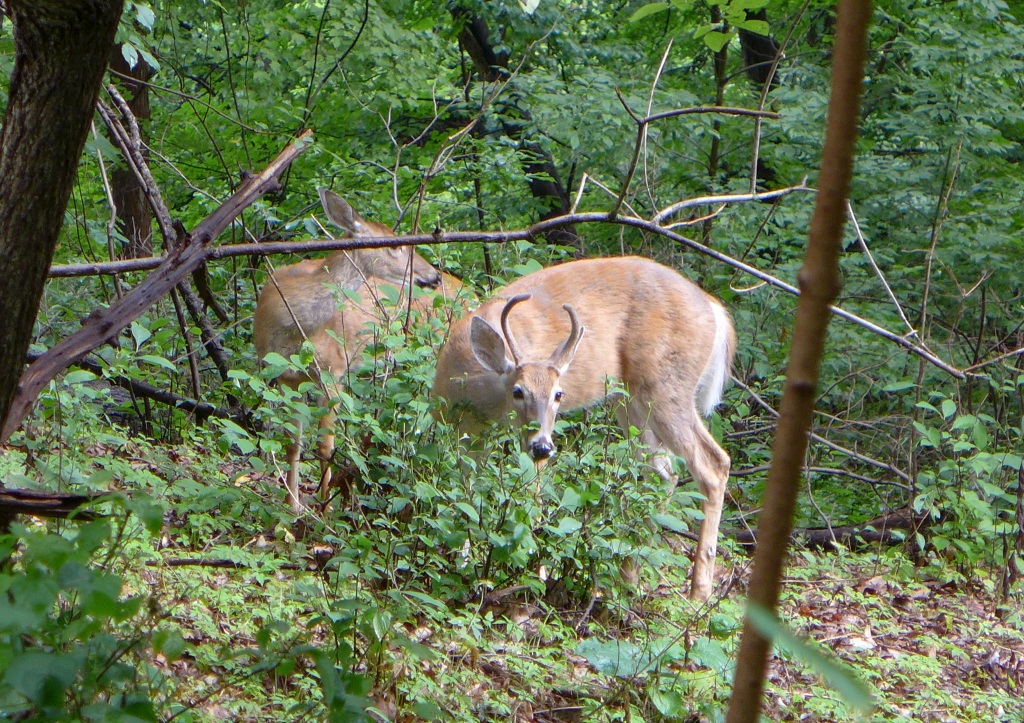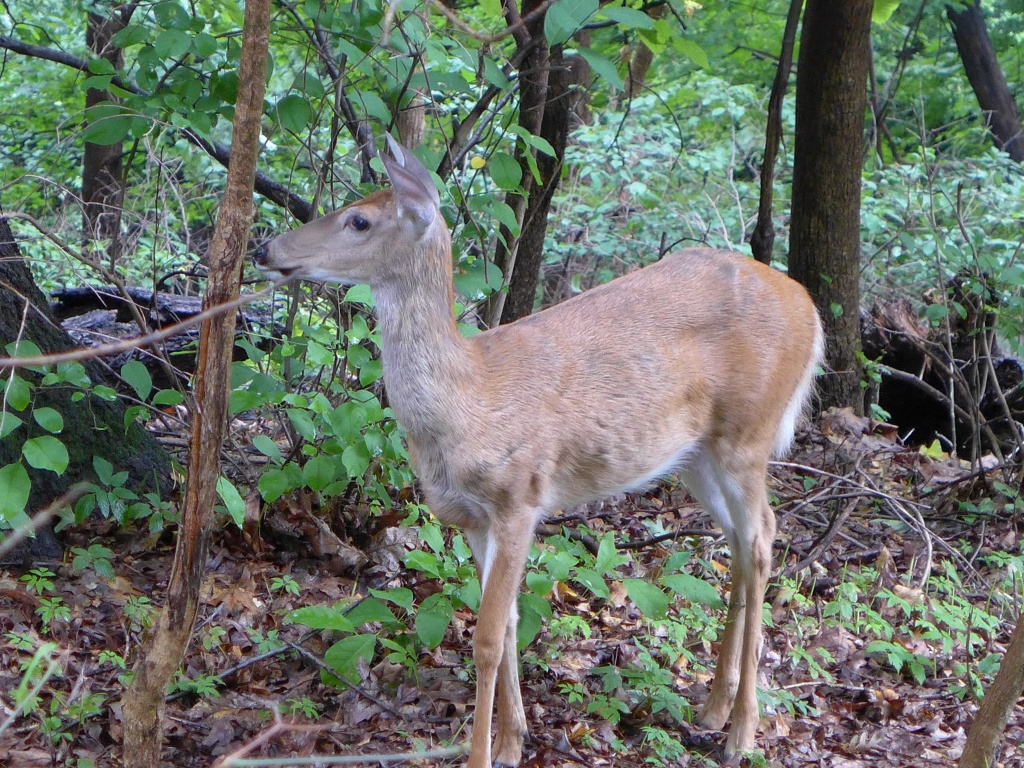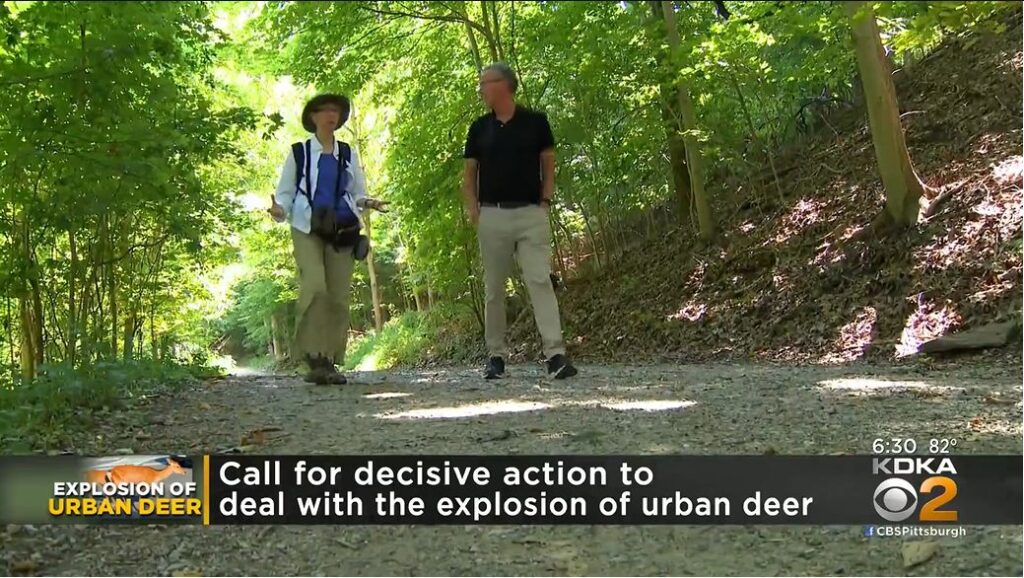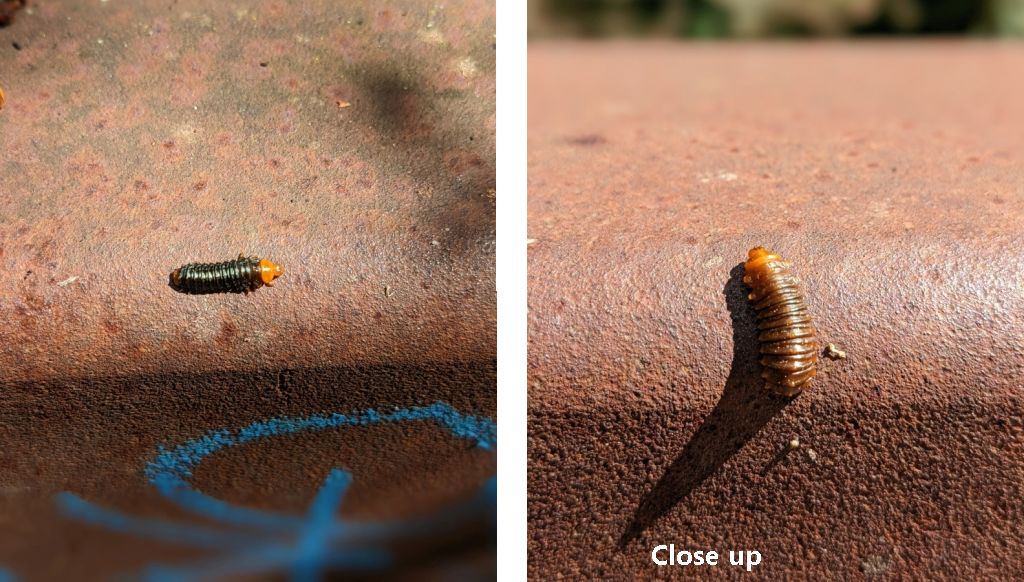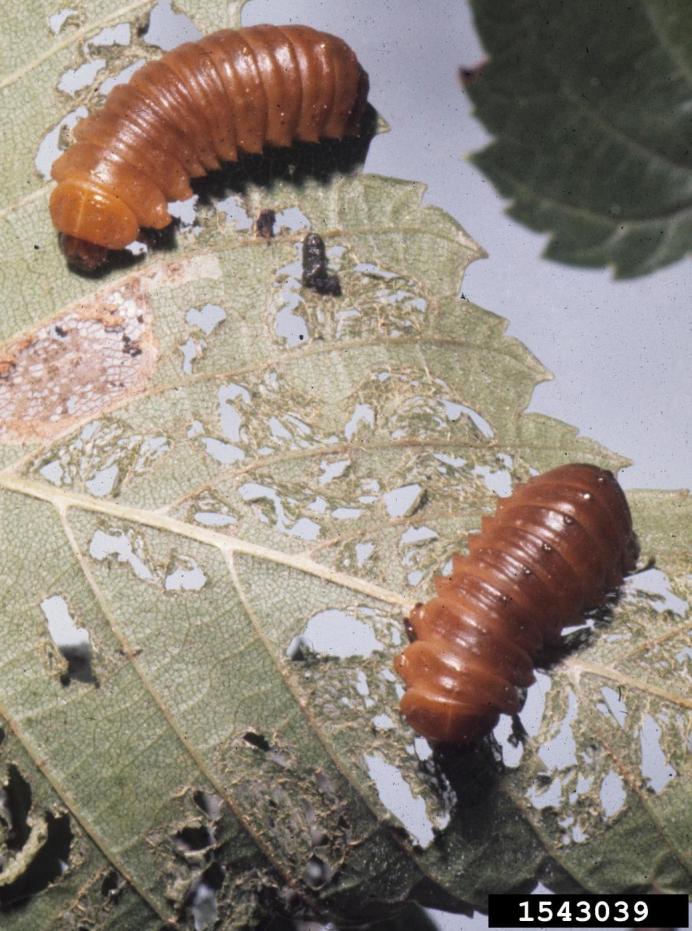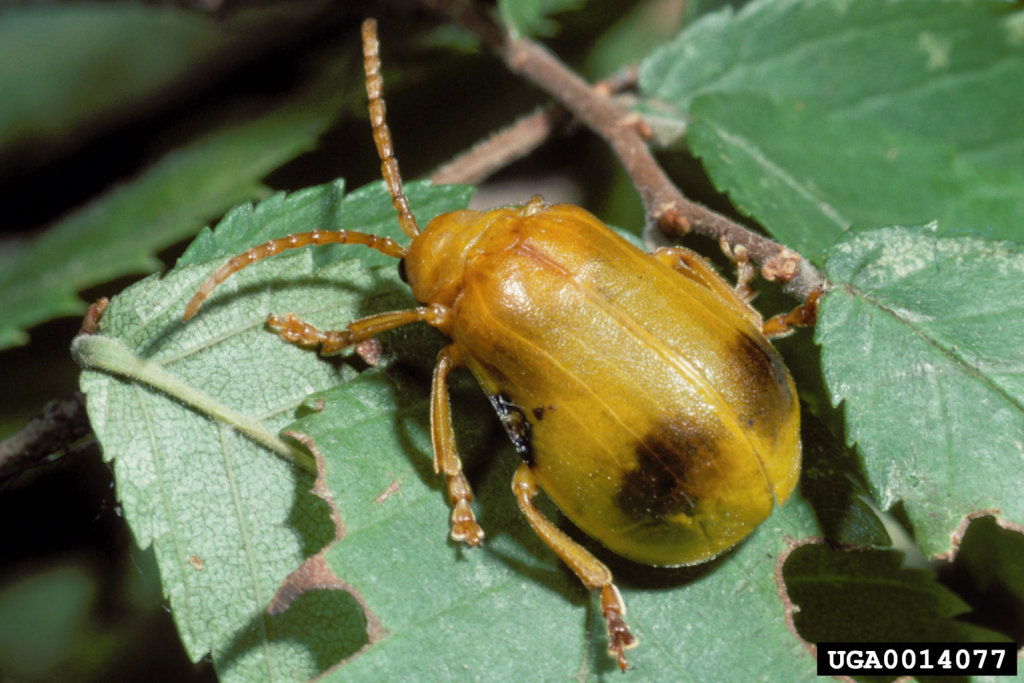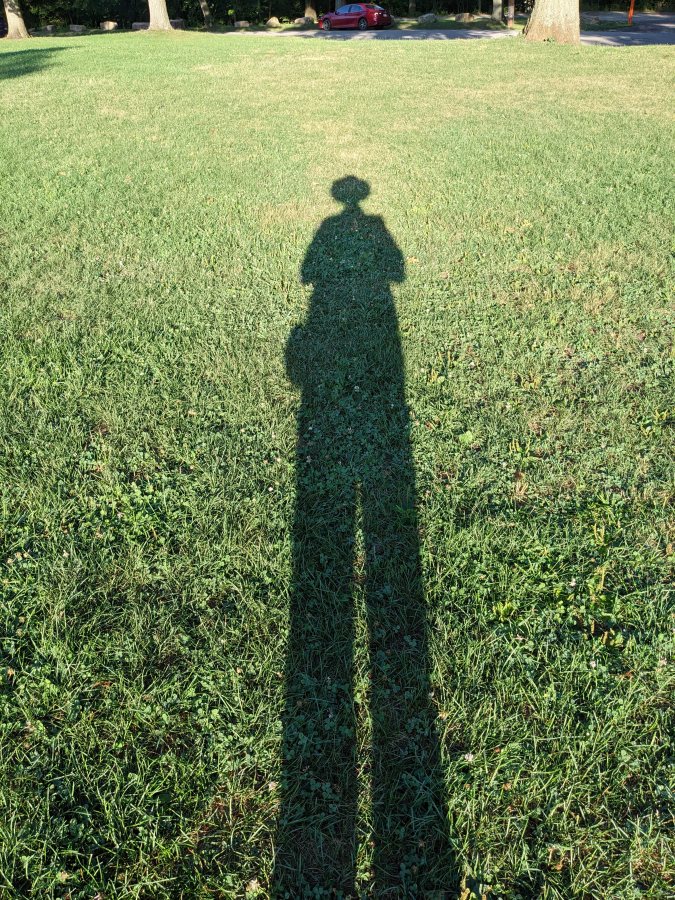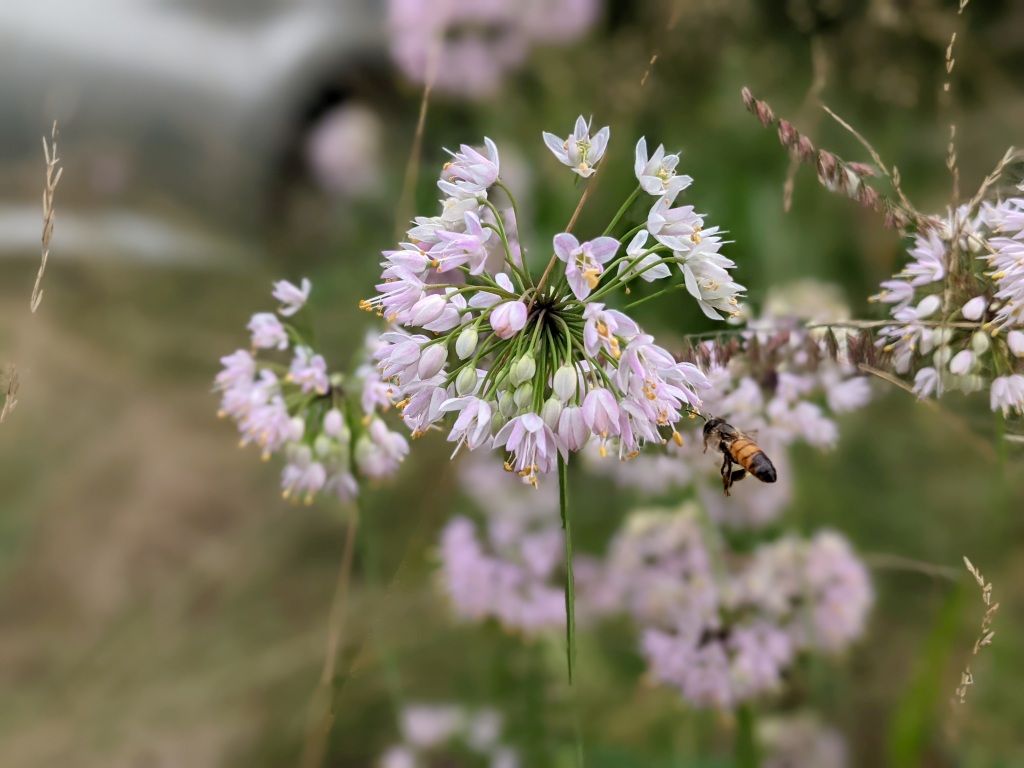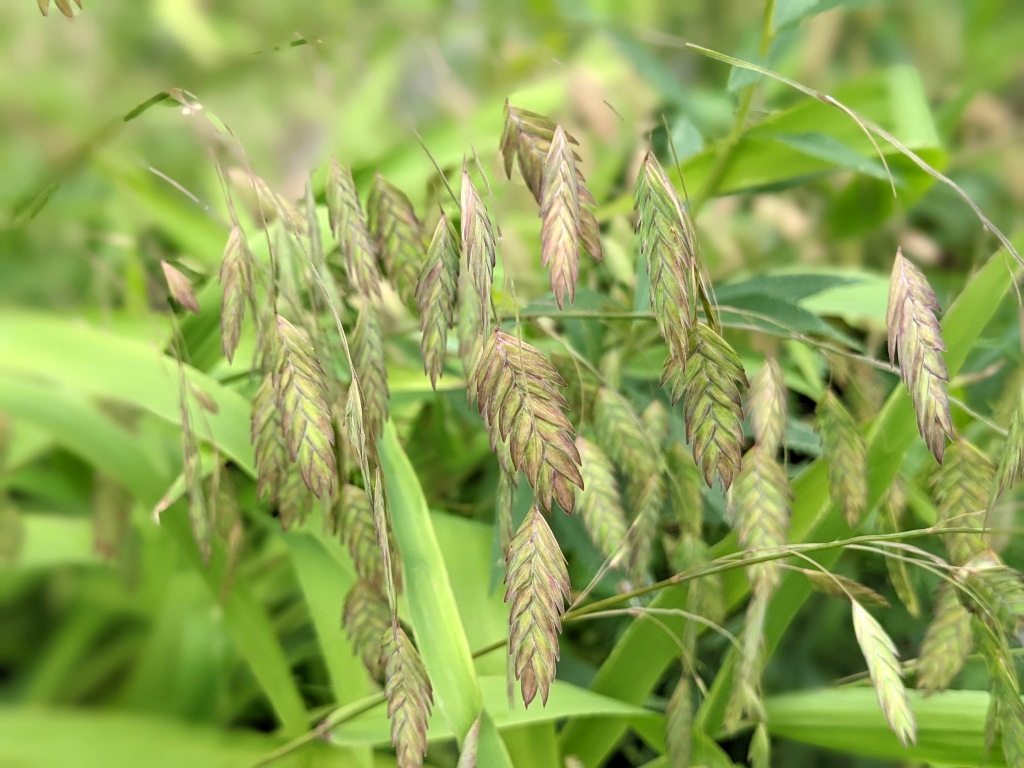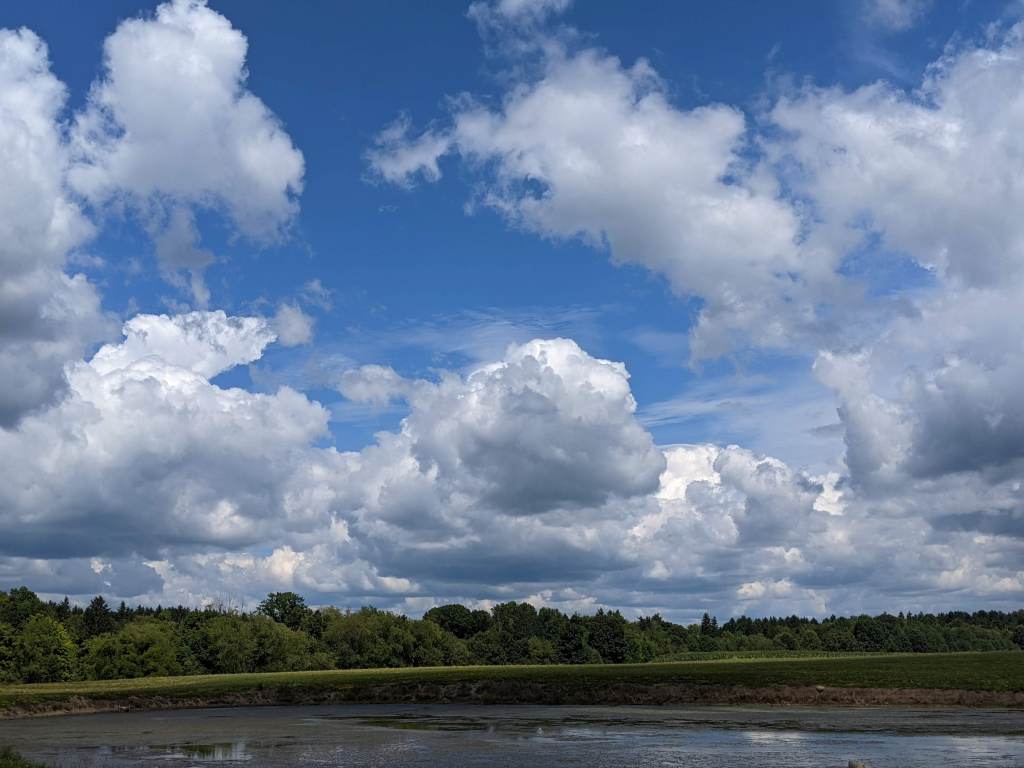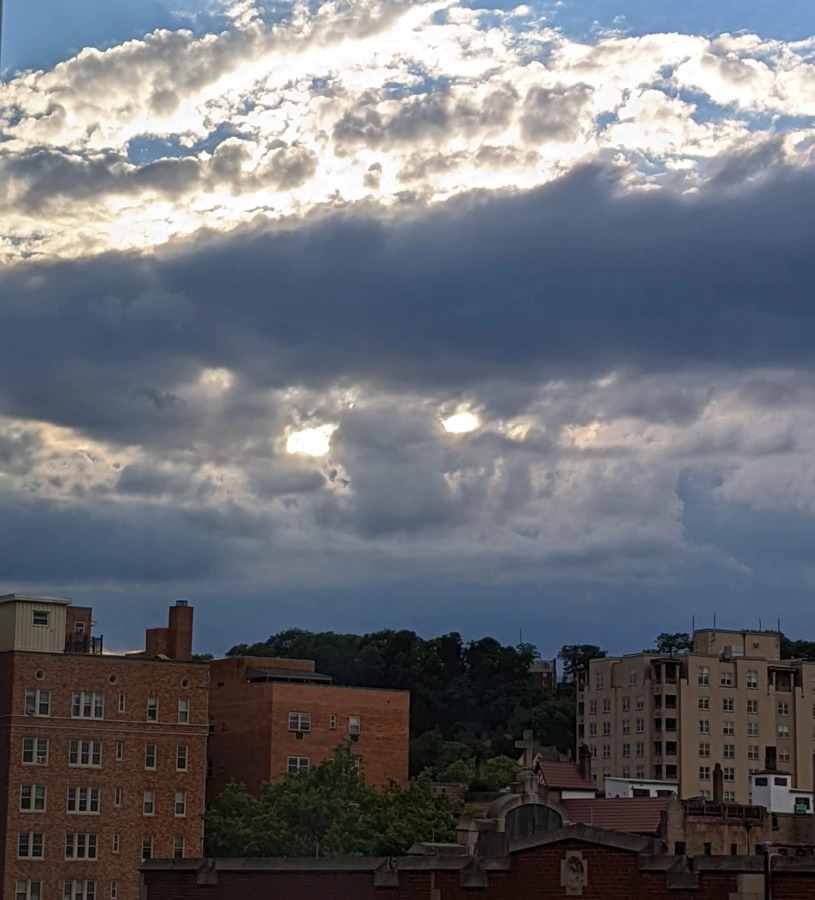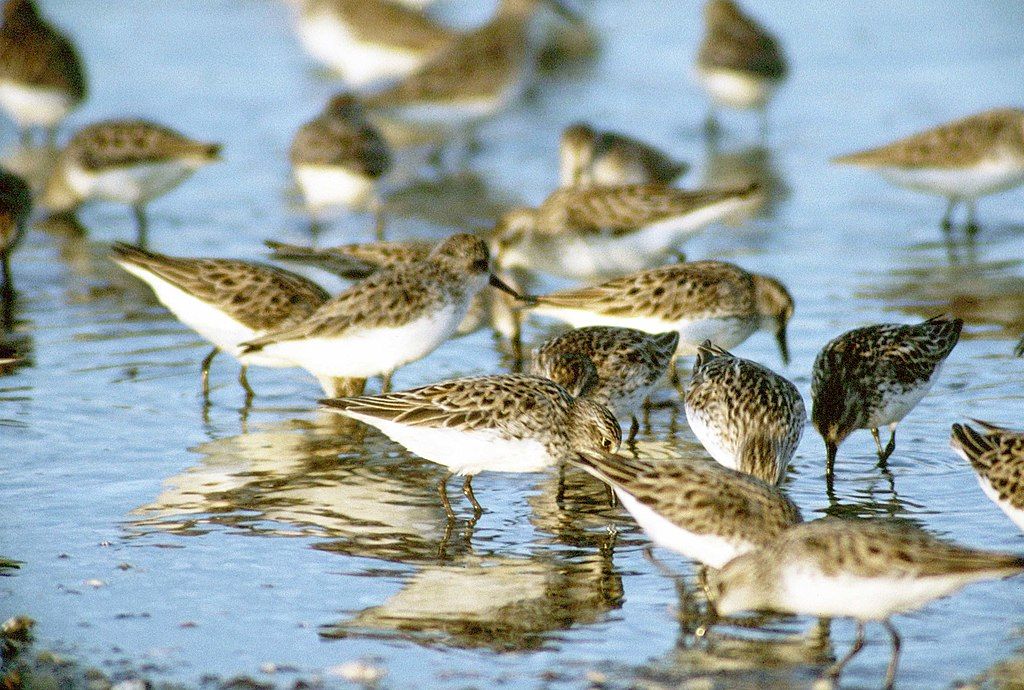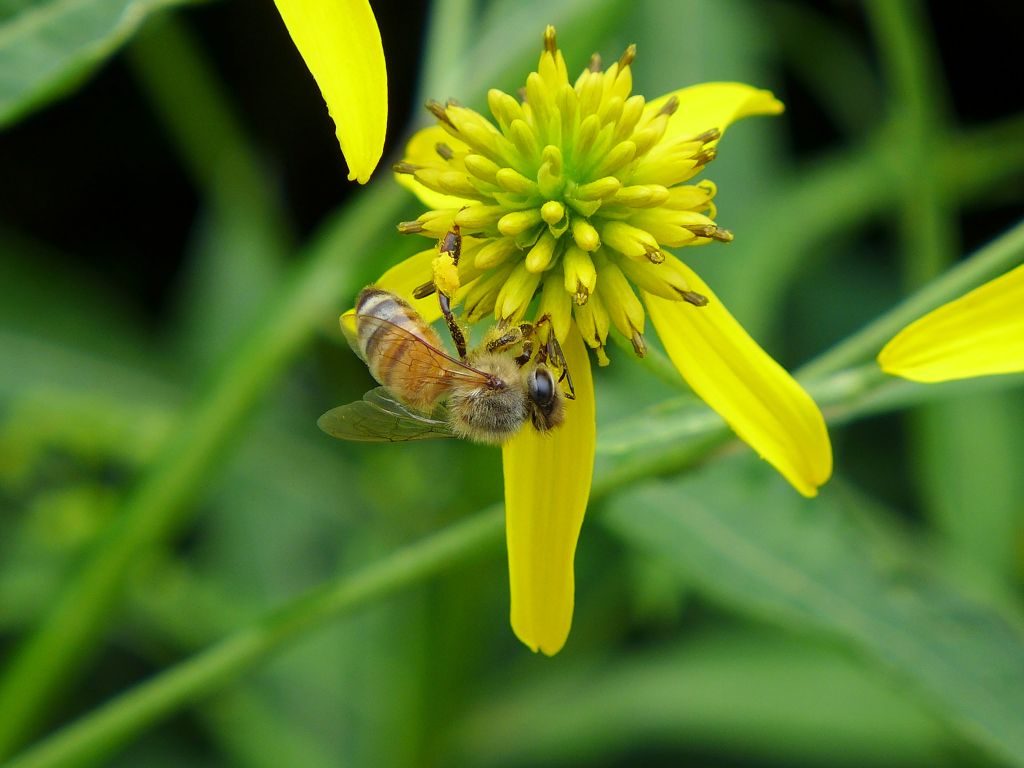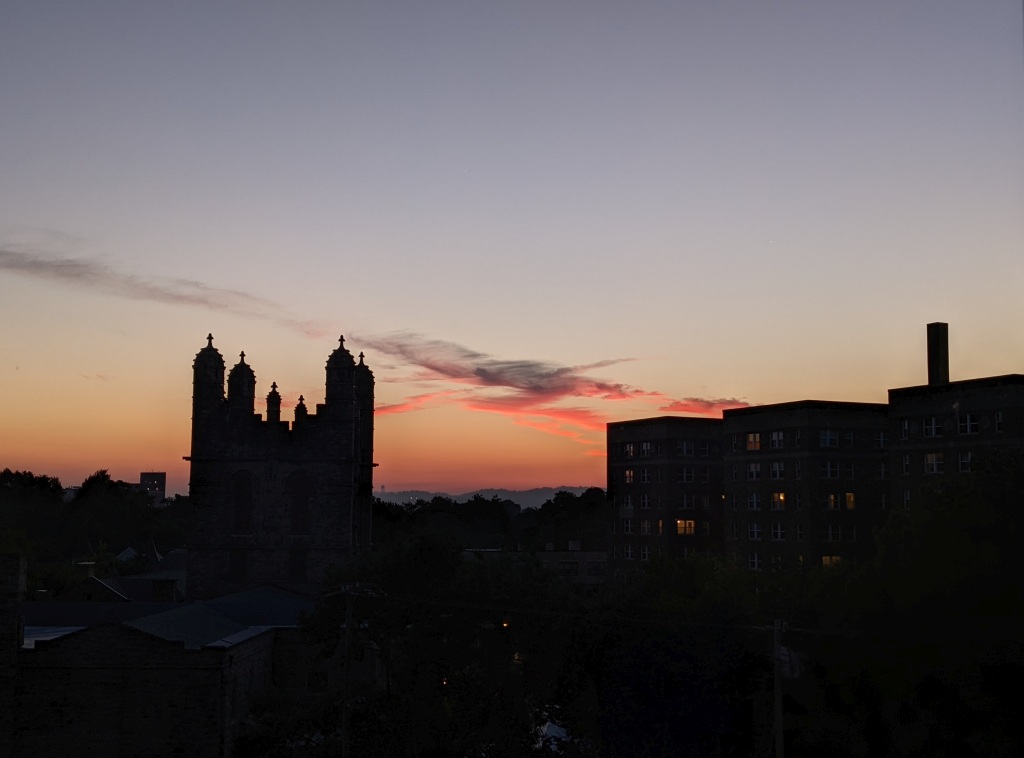
27 August 2022
This week’s weather put on a sky show.
Clouds…
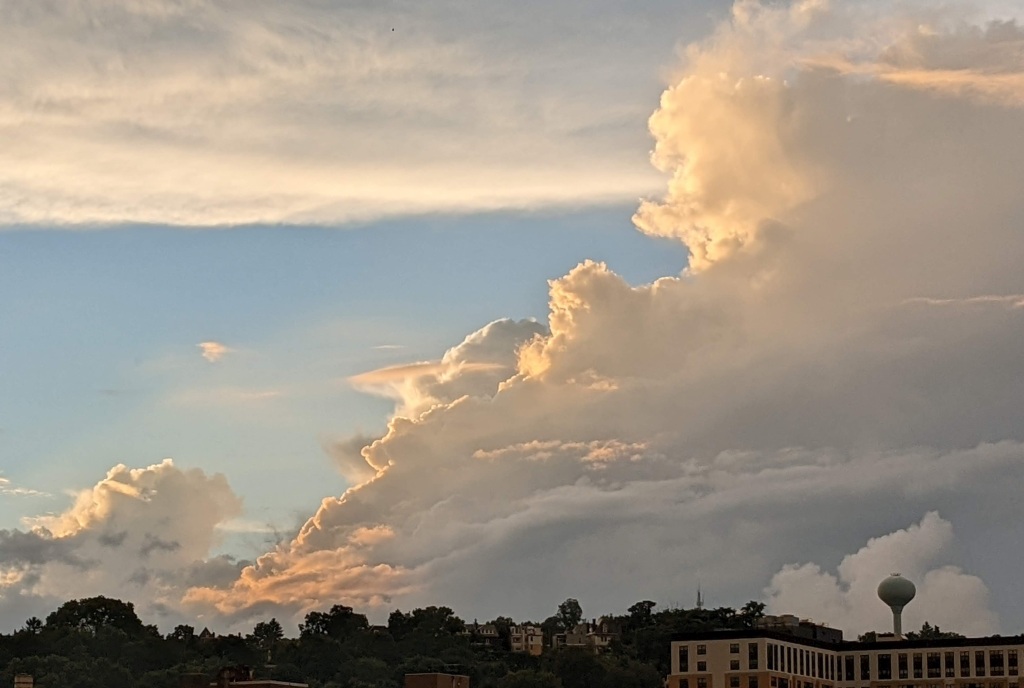
Lightning and lots of it! Dave Dicello captured a split lightning bolt simultaneously hitting BNY Mellon and the east end of Duquesne University (more than 1/2 mile away) on Sunday morning 21 August. Click here for his latest sky/panorama photos or here for his website.
This lightning strike in #Pittsburgh was one of the closest I’ve ever captured, and certainly one of the clearest and most dramatic. This isn’t a composite; all these bolts happened within a fraction of a second, creating a terrifyingly beautiful scene. A new all time favorite. pic.twitter.com/IlYp9jNbW2
— Dave DiCello (@DaveDiCello) August 21, 2022
Anticrepuscular rays… are relatively rare and appear opposite the sun at sunrise or sunset. Caused by the backscattering of atmospheric light, the rays we saw on 23 August spanned the sky. I took a photo from my window but it pales in comparison to Dave DiCello’s (@DaveDiCello) from a different vantage point. His tweet and video are shared below my photo.
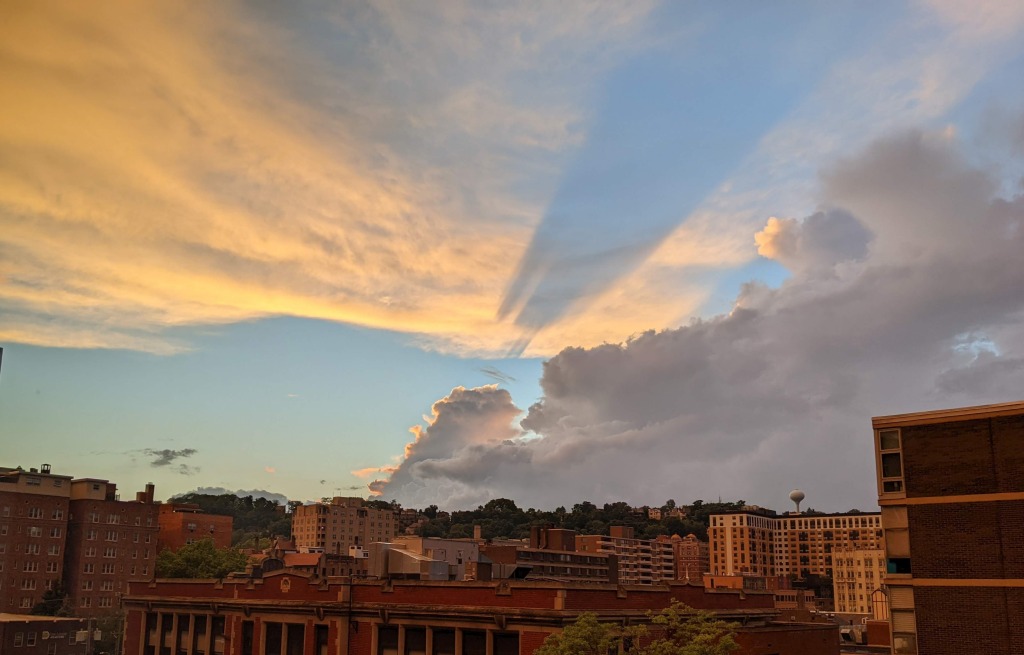
What a sunset in #Pittsburgh tonight. It was like nothing I’ve ever seen. I’ve captured anti-crepuscular rays before, but never ones that stretched across the entire sky. And then the color as the sun was going down? Absolutely absurd. This has been a CRAZY 48 hours of weather. pic.twitter.com/IeU6WdF5it
— Dave DiCello (@DaveDiCello) August 23, 2022
This is one of the wildest skies I’ve ever seen over #pittsburgh. Anti-crepuscular rays are shooting across the entire sky. Completely insane to capture. pic.twitter.com/Iitzv98fEL
— Dave DiCello (@DaveDiCello) August 23, 2022
The Moon and Venus rise together… my unprofessional cellphone photo on 25 August. Through a window but you get the idea.
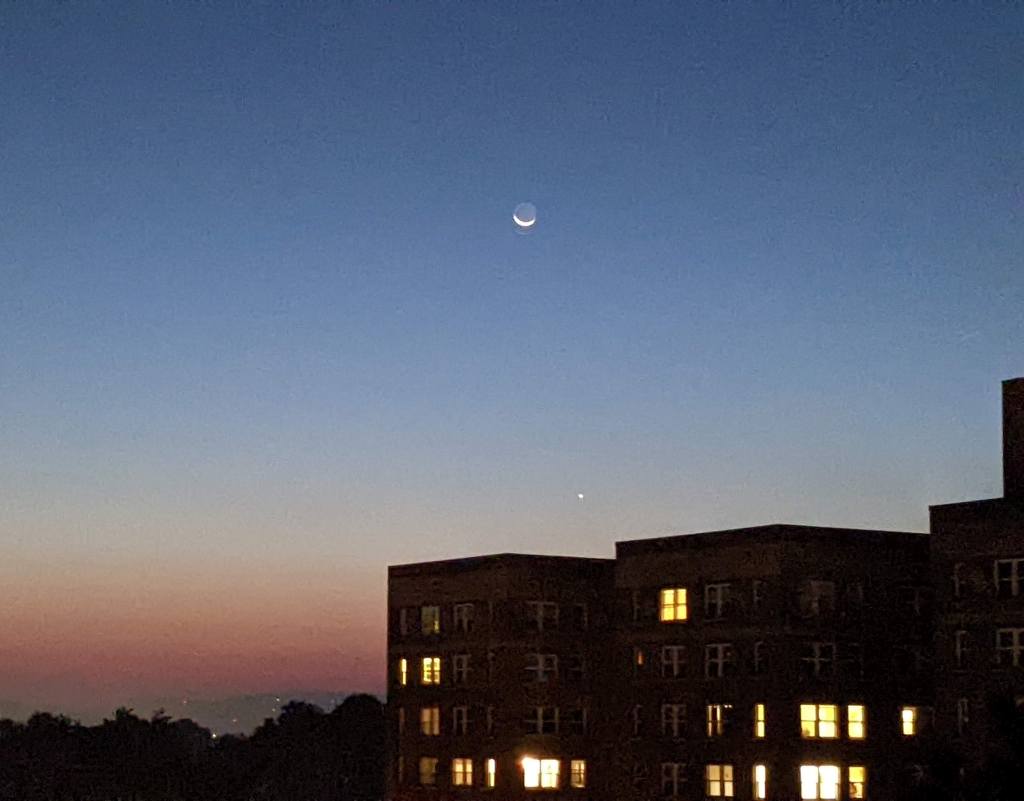
(photos by Kate St. John, shared tweets by Dave DiCello)
